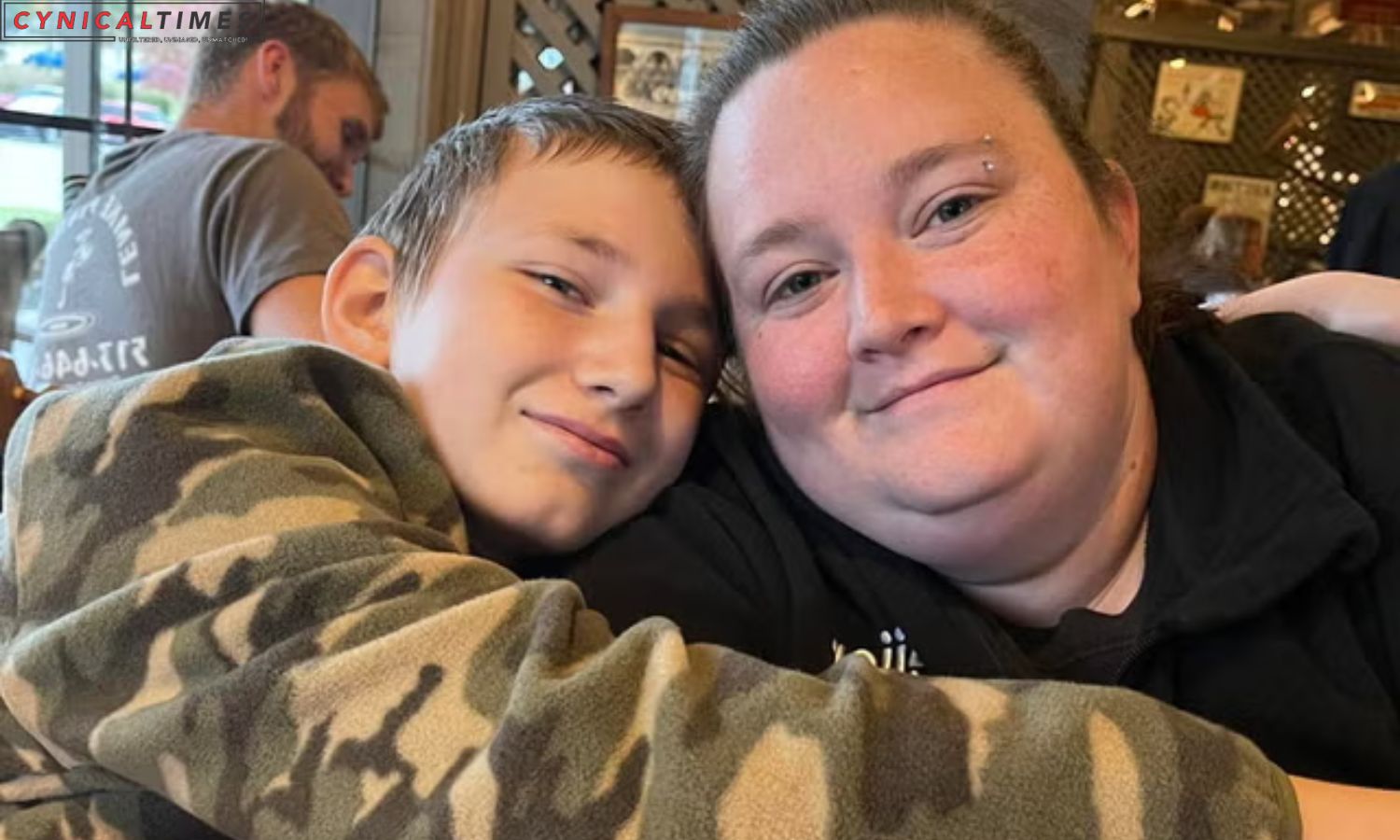Rising Tide of Pediatric Pneumonia: When 14-year-old William returned home appearing unwell, his mother, Mollee Campbell, sensed trouble. What seemed like a common cold escalated rapidly, with William exhibiting signs of mycoplasma pneumonia. Dubbed “white lung syndrome,” the bacteria led to respiratory distress, requiring immediate medical attention. In Warren County, Ohio, an outbreak unfolded, with 145 reported cases in children aged three to 14 since August.
Local hospitals faced a surge in pediatric pneumonia cases, overwhelming healthcare providers. Ms. Campbell, witnessing the strain on resources, emphasized the urgency for parents to act swiftly if their children display unusual symptoms. William’s case, initially resembling a mild cold, swiftly evolved into a critical condition, highlighting the unpredictable nature of the illness.
Mycoplasma pneumonia, linked to outbreaks in Denmark and China, raised concerns, but Ohio health officials asserted no connection to viruses circulating in China. Ms. Campbell shared her son’s harrowing experience, urging parents to seek medical attention promptly even for seemingly minor symptoms.
The illness predominantly affects eight-year-olds, presenting symptoms such as cough, fever, fatigue, sore throat, headaches, and, in younger children, additional respiratory issues. Spread through respiratory droplets, it thrives in close-knit communities, raising challenges for containment.
While cases surged globally, Ohio’s Warren County Health District clarified that the outbreak showed no evidence of linkage to other surges, emphasizing the seasonal nature of respiratory illnesses. As the community grapples with the outbreak, Ms. Campbell’s advocacy echoes a call for vigilance and swift action in navigating the uncertainties of pediatric respiratory health.
Also Read: Older Americans Unexpected Smoking Trend: The Unlikely Comeback
Our Reader’s Queries
What is the leading cause of pneumonia in children?
Bacterial pneumonia in children is primarily caused by Streptococcus pneumoniae, while Haemophilus influenzae type b (Hib) is the second most common culprit. On the other hand, respiratory syncytial virus is the most prevalent viral cause of pneumonia.
What is the drug of choice for pediatric pneumonia?
When it comes to treating patients outside of the hospital, beta-lactam antibiotics like amoxicillin, cefuroxime, and cefdinir are the go-to choice. For school-aged children, macrolide antibiotics such as azithromycin and clarithromycin are also effective in targeting atypical organisms and pneumococcus. These medications are commonly used and trusted by healthcare professionals.
What are the stages of pneumonia in children?
Pneumonia occurs in four distinct stages: congestion, red hepatization, grey hepatization, and resolution. These stages are named based on the progression of the infection. Each stage represents a different phase of the illness, and understanding them can help in the diagnosis and treatment of pneumonia.
What is the first line treatment for pediatric pneumonia?
For preschool-aged children who have uncomplicated bacterial pneumonia, amoxicillin is the recommended treatment. However, for older children, macrolides are the first-line agents. It’s important to follow the appropriate treatment plan to ensure a full recovery.

